Affiliate links on Android Authority may earn us a commission. Learn more.
Apple needs an OLED supplier, but can it sidestep Samsung?
Published onSeptember 8, 2017
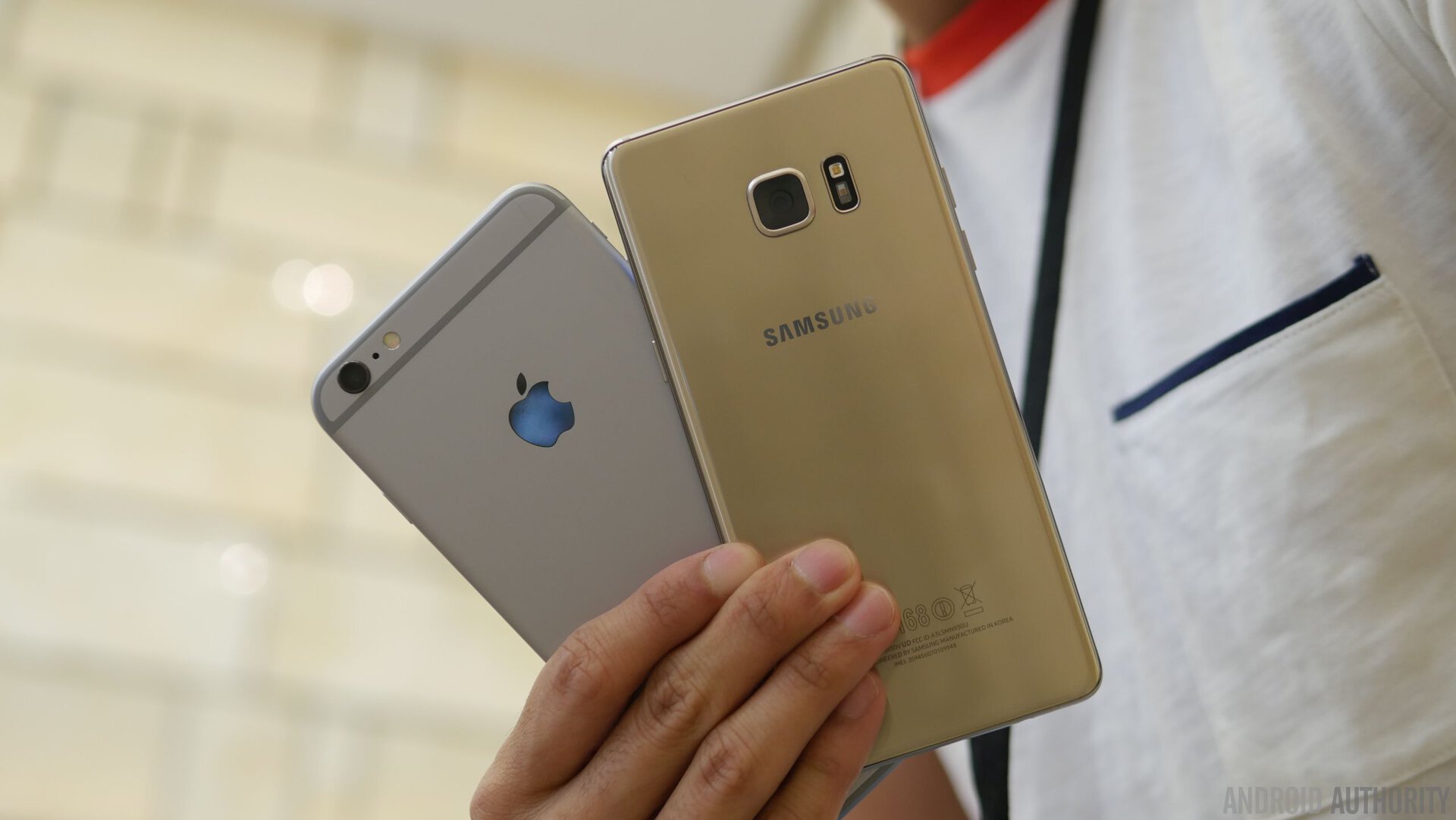
We’ve had a number of major smartphone releases to enjoy recently and the next big one on the calendar is Apple’s next batch of iPhones. Many are expecting a number of technological refreshes to mark the 10th anniversary of the iconic brand, one of which could see the company shift over to OLED display technology for the first time.
iPhones sell in huge volume, but, like many other smartphone companies, Apple doesn’t manufacture its own components and will instead be buying its new display parts from elsewhere. Samsung is the largest smartphone-sized OLED panel manufacturer, which gives the company powerful leverage over Apple, and other OEMs for that matter, who want to fill large orders.
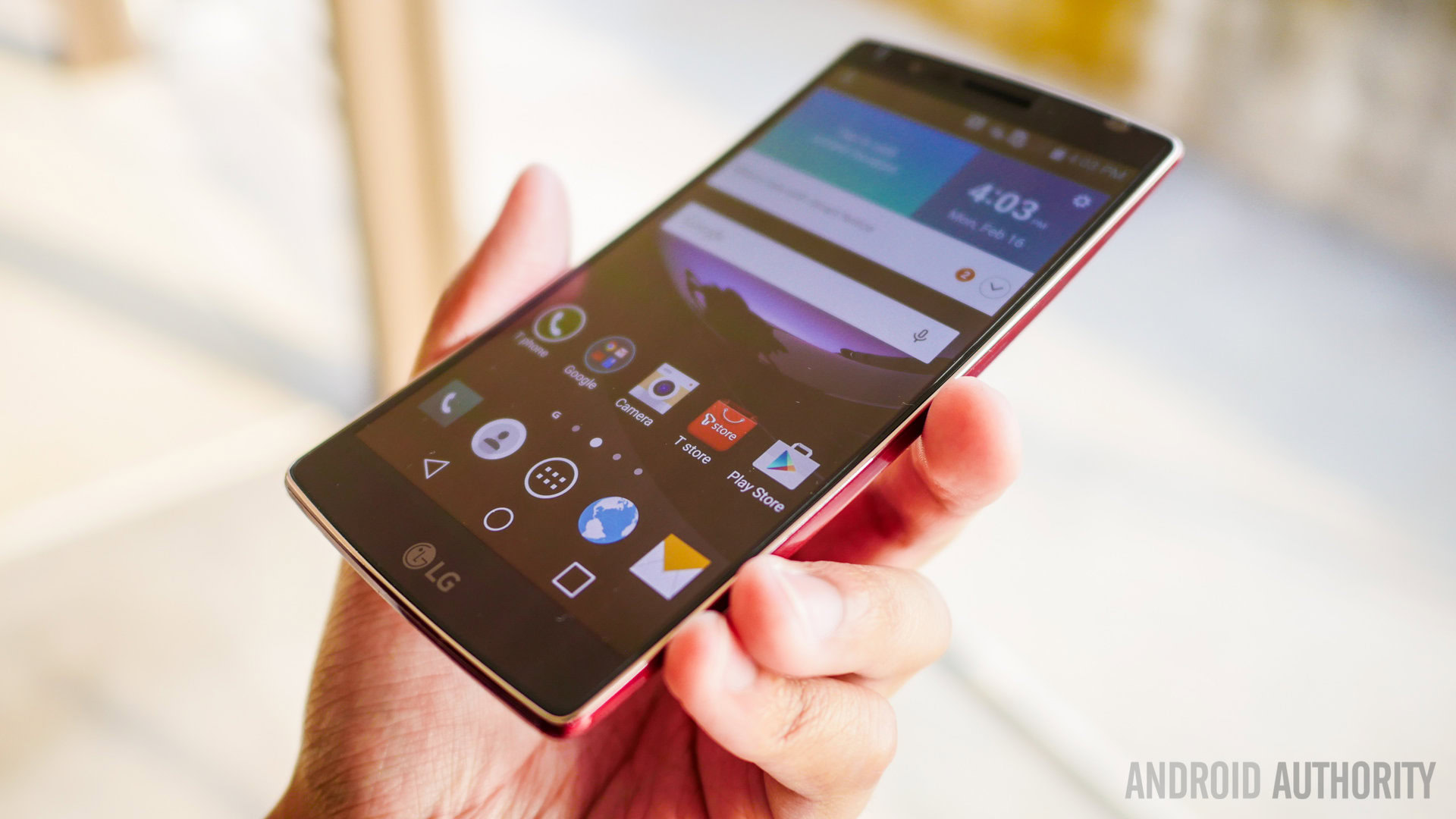
According to KGI analyst Ming-Chi Kuo, Apple is likely to pay somewhere between $120 and $130 per OLED panel. A significant cost increase from the iPhone 7 Plus’ 5.5-inch LCD display, which was priced between $45 and $55. For reference, IHS Markit estimates that the display inside the Galaxy S8 only cost Samsung around $85.
Apple could end up paying Samsung a big markup for OLED panels, but the company doesn't have anywhere else to go.
This would mean that Samsung is charging Apple a notable markup, but that’s its prerogative given that the company will want to be compensated if it has to sacrifice panels that it could be using for its own phones. It’s also one of the perks of being the biggest name in the mobile OLED market right now, as Apple doesn’t really have anywhere else to go.
Clearly, that extra expense is going to add a notable sum to the next iPhone’s price tag. This may be why Apple has been rumored to be launching the iPhone 8 with a Samsung OLED display, while it’s quite possible that the regular iPhone 7s and Plus model will stick with LCD. Apple smartphones have always been expensive, but the iPhone 8’s price is expected to start at around $1,000. That would be a considerable markup over last year’s $769 starting point for the basic 32 GB model.
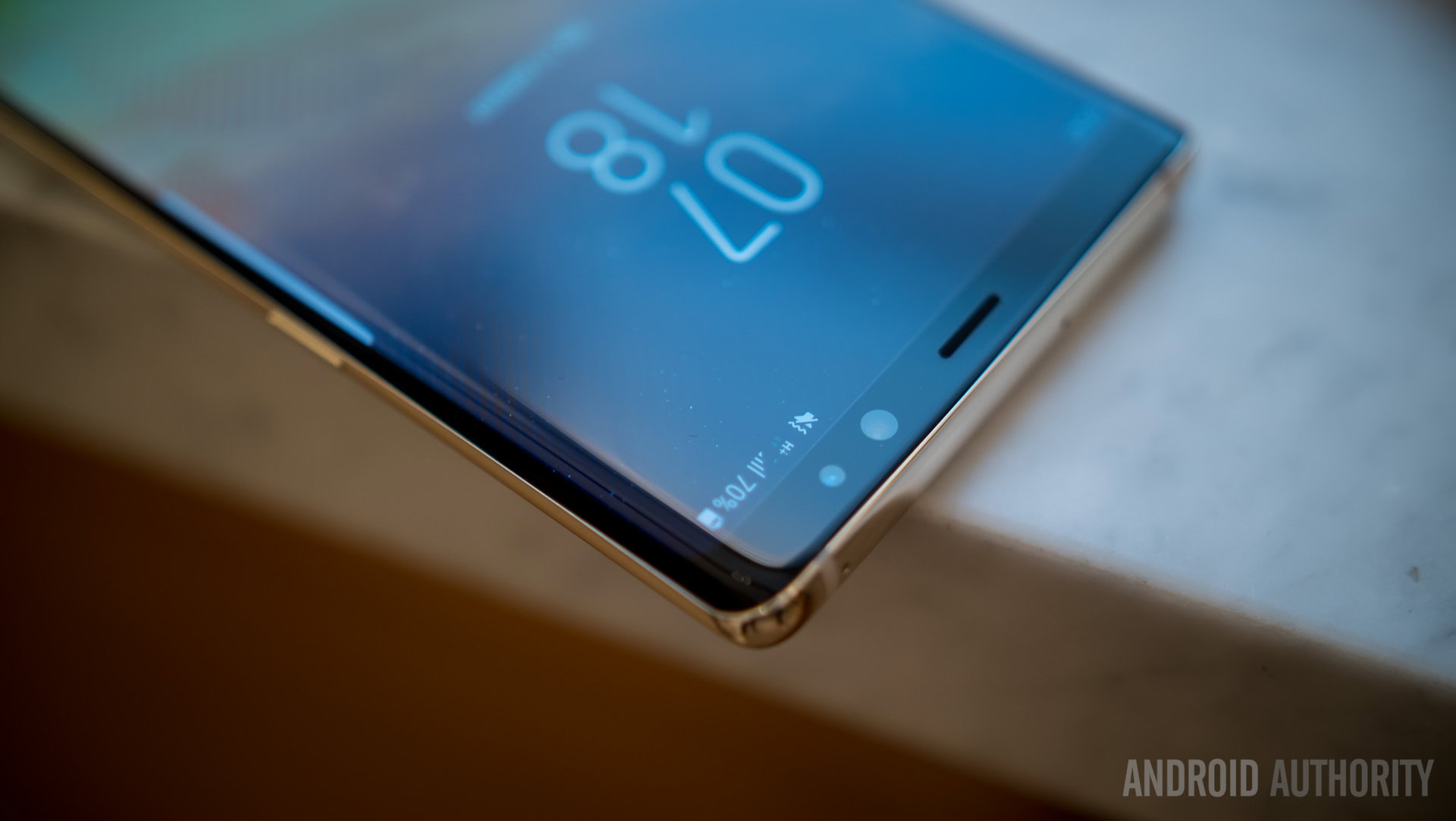
Samsung is the biggest game in town
While that’s not necessarily great news for Apple, this is a big win for Samsung. The company has been investing in its AMOLED mobile technology since the launch of the Galaxy S2, and shipments have risen substantially since then. Last year, mobile form factor OLED shipments game close to 400 million, up from 200 million in 2013. Samsung accounted for 97.1 percent of that market in Q1 2017.
Most of this has been driven by Samsung own smartphone sales, including the new Galaxy Note 8, but more and more mobile manufacturers have been picking up the technology too, boosting Samsung Display’s sales. OEMs include Meizu, Motorola, and vivo, to name just a few who have dabbled. Rumors suggest a deal has been struck with Apple for 70 to 100 million panels annually, which could see Samsung’s shipments approach the 500 million mark soon enough. Although that potentially means less supply for everyone else too.
Samsung Display accounted for 97.1 percent of the small panel OLED market in Q1 2017, LG Display just 1.6 percent, and others on 1.3 percent.
By comparison, LG Display accounted for just 1.6 percent of the small and medium-sized OLED market at the start of the year, with others making up a similar 1.3 percent combined. As for the other players, their technology and production capabilities are a way behind. China’s BOE spent at least $17.7 billion in recent years to ramp up its OLED production, but isn’t strictly focused on the mobile OLED form factor. Japan Display, a notable LCD player, is still struggling with cashflow, which is preventing it from making a major push in OLED.
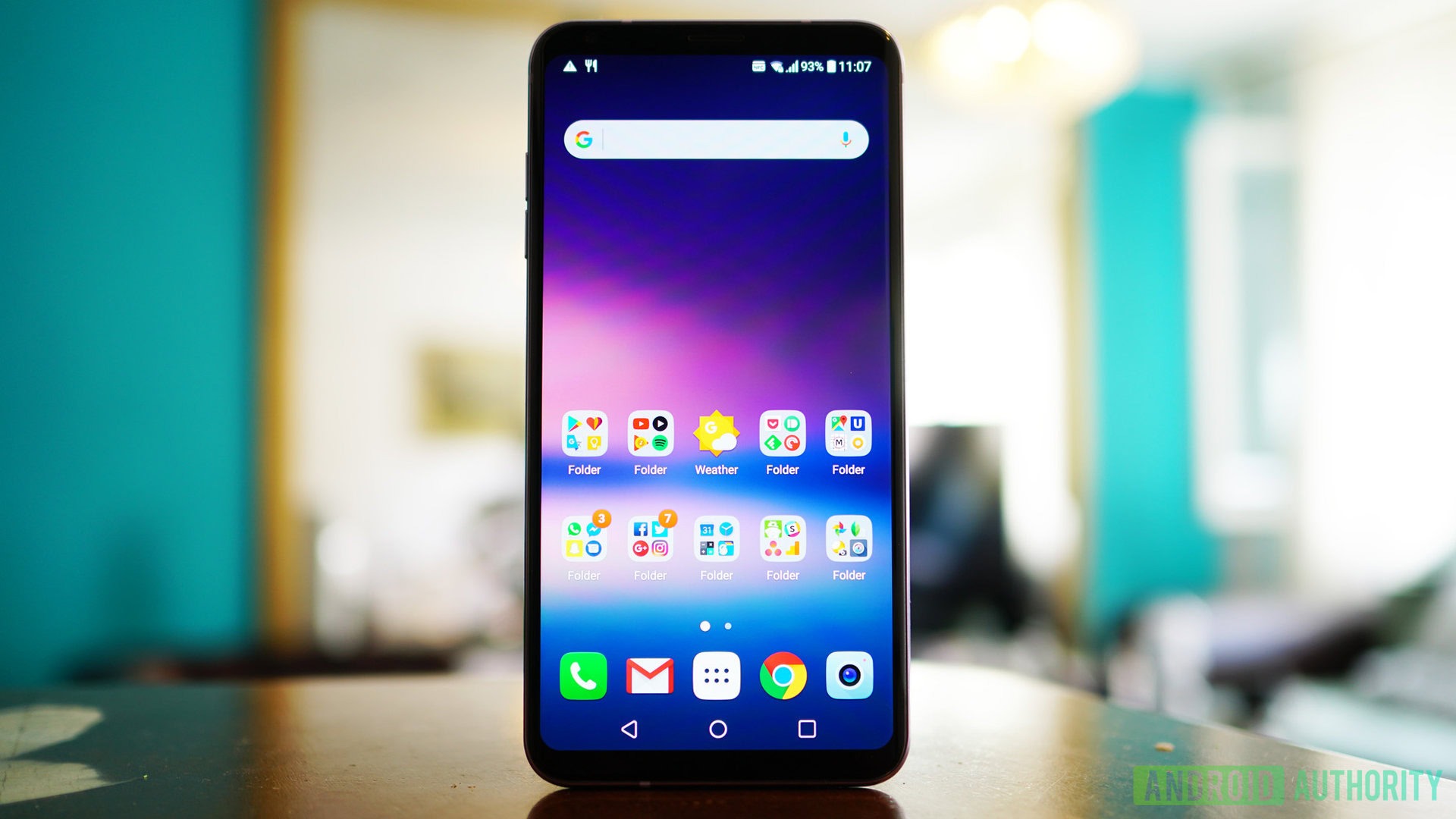
LG Display to the rescue?
The longer term issue for Apple and other OEMs looking to switch to OLED is that these prices are probably too high to make phones competitive on a mass scale. Many consumers and pundits are already arguing that $1,000 is too much for the Note 8, but without an alternative supplier, prices could be pushed up and up, as more OEMs compete for Samsung’s limited spare stock. What the market really needs is a reliable secondary supplier.
LG Display is the distant second player in smartphone OLED, but it’s one of the biggest companies and the best when it comes to TV sized panels, so it has the experience to develop industry leading mobile displays just like Samsung. LG’s handset division recently picked up the technology again for use in its new LG V30 flagship.
The issue is that LG Display’s production capacity is currently a way behind Samsung’s, with panel production expected to ramp up much more meaningfully from now and throughout 2018. The big question is, could LG cater to a medium sized major launch, say the much rumored premium iPhone 8, that might ship in more limited quantities?
With Apple and Google both reportedly investing heavily in LG Display, phone manufacturers are looking to loosen Samsung's grip on OLED.
From the numbers LG Display has released, its plants at Paju and Gumi will be able to produce some 65,000 sheets, once all the lines are online come the second half of 2018. The company states that it will have the capability to pump out 120 million 6-inch smartphone displays per year from that point onwards. In that case, Apple and others would finally have a viable alternative to Samsung. Although that still wouldn’t completely cover a full OLED iPhone range, the iPhone 7 shipped some 215 million units over the past four quarters.
However, currently the company’s Gen 4.5 line in Paju is producing 22,000 730 mm x 920 mm sheets per month, with its Gen 6 plant in Gumi contributing 15,000 additional larger 1,500 mm x 1,850 mm sheets at some point this quarter. Not enough to fill Apple’s demand for the iPhone 8, and there wouldn’t be enough time to meet the initial launch window either. Hence Apple’s only option to go with Samsung. But that’s certainly enough production for the LG V30 and to take orders from a number of other companies in the coming months.
Not forgetting that Apple reportedly invested over $2 billion into LG Display to secure OLED production for future phones, and Google has also ploughed a considerable amount of cash into the company too. Clearly, the market is looking for an alternative to Samsung, and LG Display seems to be the chosen one.

OLED isn’t a guaranteed winner
From the display manufacturing point of view, being a big OLED panel supplier seems like a strong position to be in, with plenty of demand and the ability to attach a high price tag. This may change once manufacturers besides Samsung bring their production capabilities into full swing, but that’s probably a year off at best.
For product manufacturers, OLED is helping to differentiate products with interesting form factors and support for emerging technologies like HDR, but those aren’t necessarily open goals. For many customers, LCD or OLED doesn’t really factor into their purchasing decisions, it’s brand reputation and cost that makes the biggest differences.
With Apple now reportedly suffering from manufacturing delays due to trying to incorporate its Touch ID fingerprint scanning technology alongside a whole new display panel, there’s a risk that moving to OLED too quickly and paying over the odds could punish the company. A delayed launch or stock shortage is in nobody’s interests, yet Apple looks to be facing that all too familiar situation again.
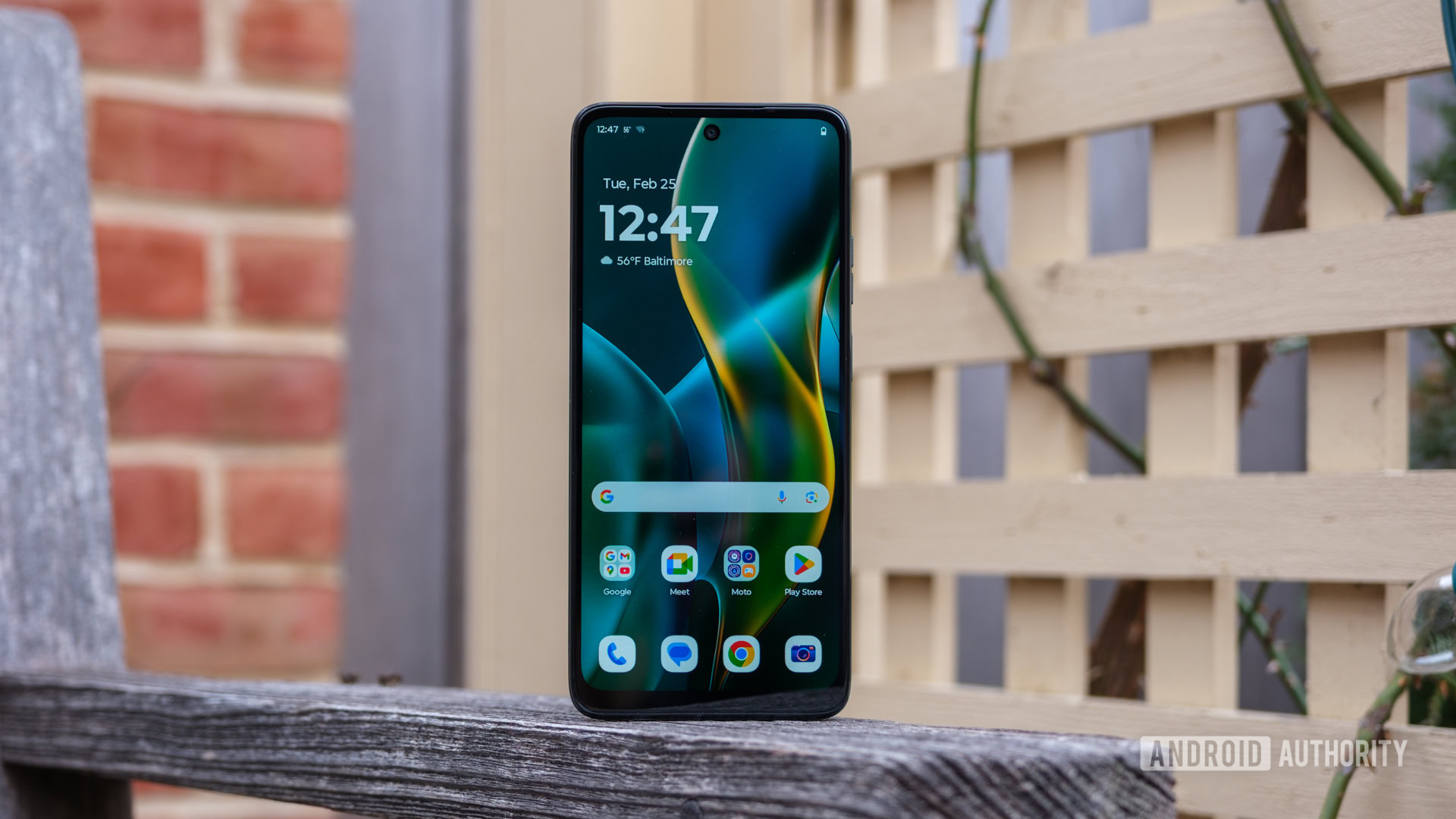
Over the next couple of years, when OEMs have a little more choice in who to buy their OLED panels from, we may then see OLED take off in a big way. Until that time, it’s likely to remain mostly a premium flagship technology outside of Samsung, and one that consumers are going to have to pay to enjoy.